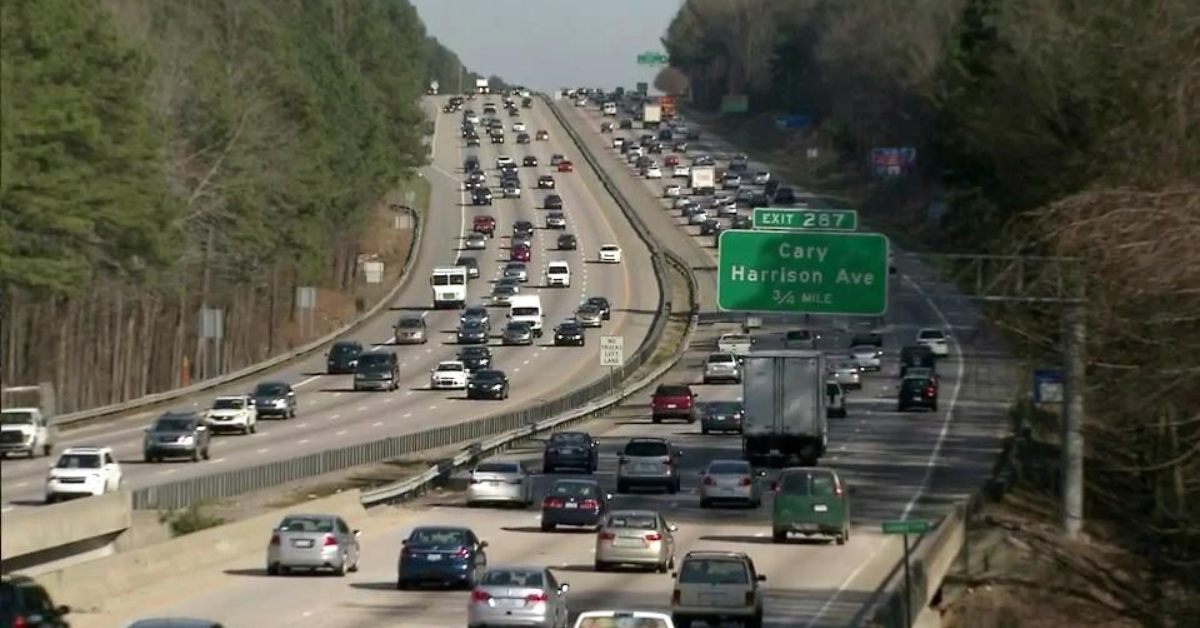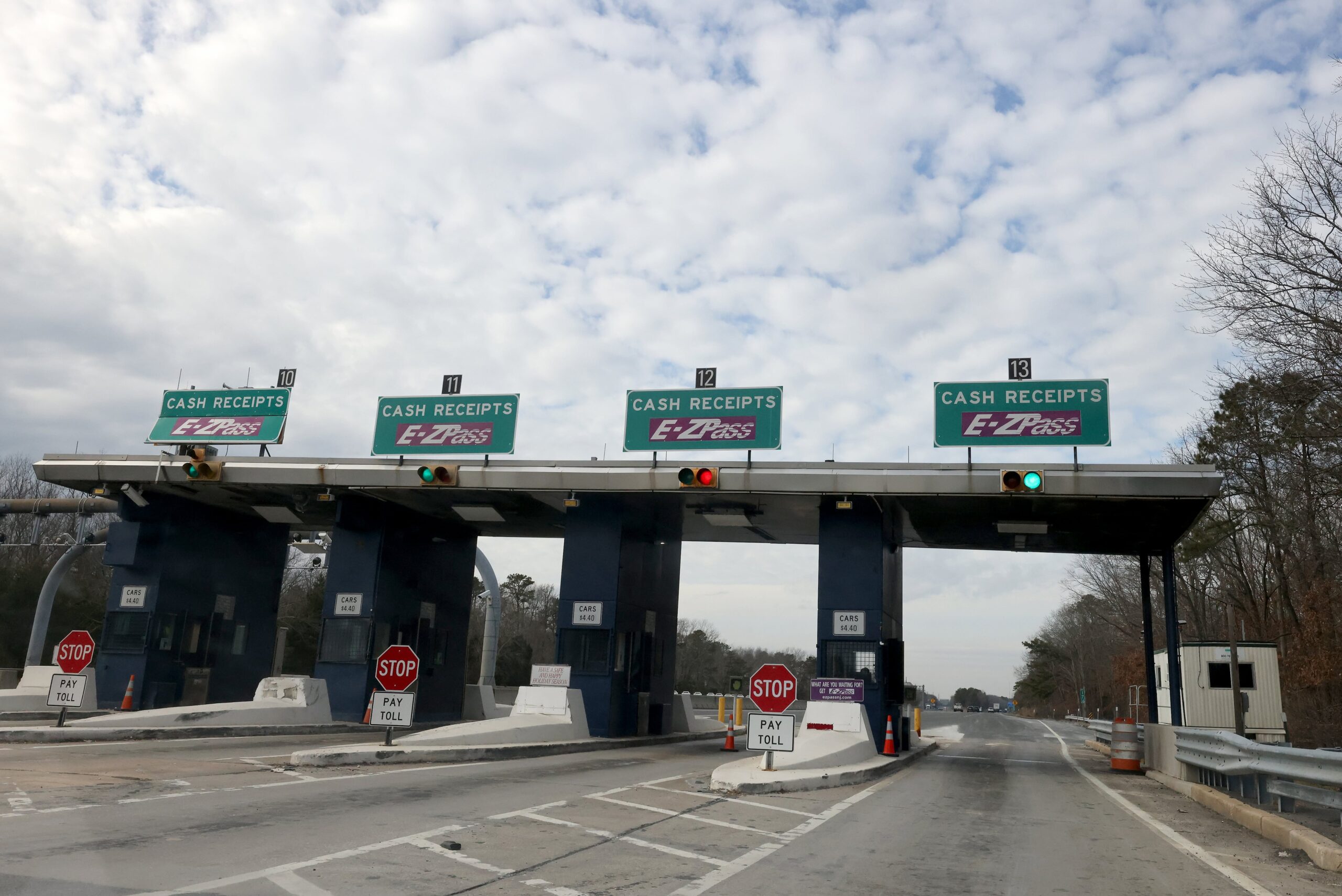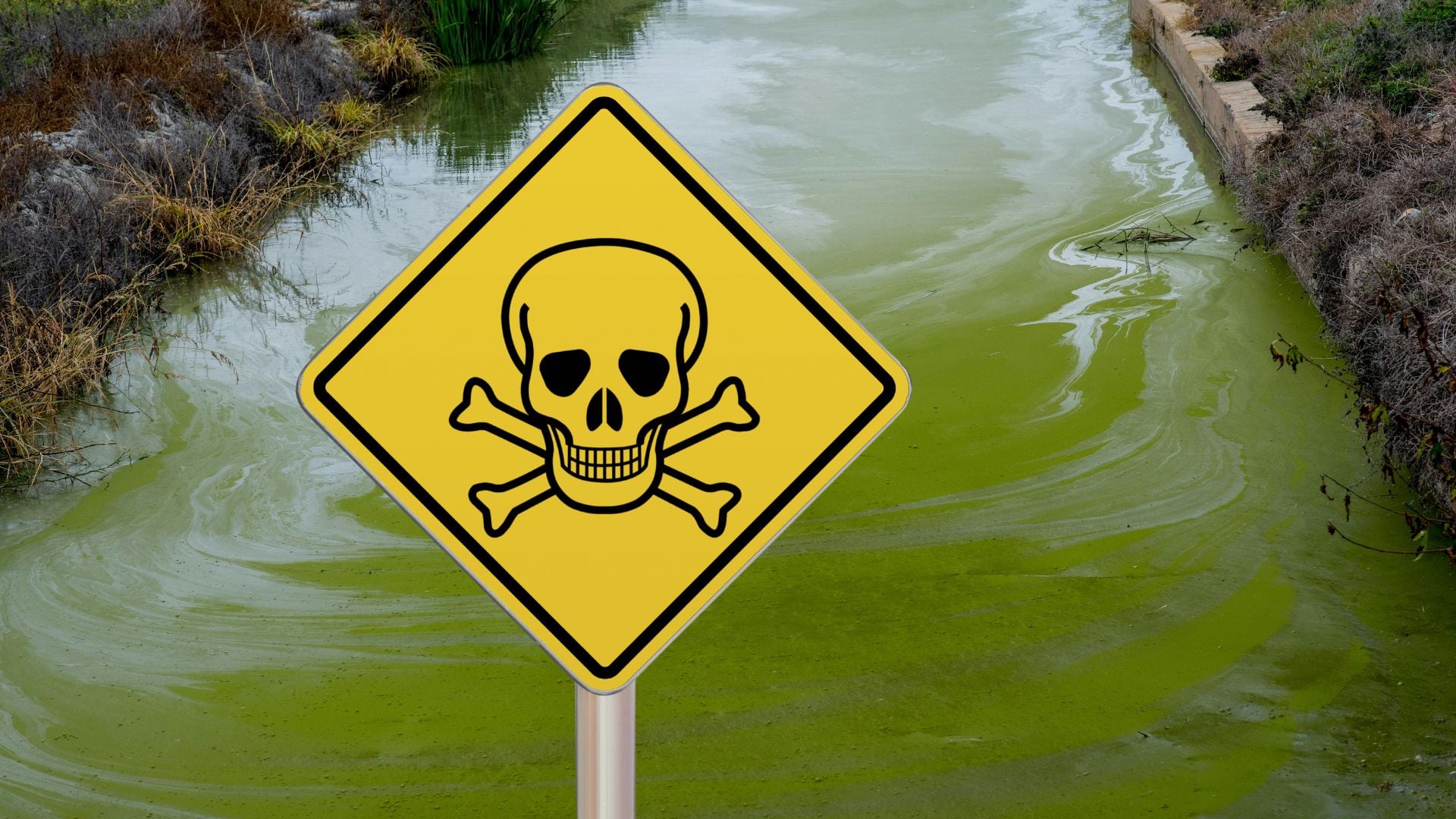Should Some Roads in New Jersey Have an 85 MPH Speed Limit?
Speed limits are a crucial aspect of road safety, designed to balance efficiency and security for drivers, passengers, and pedestrians. In New Jersey, the current maximum speed limit on highways is generally 65 mph, with lower limits on other roads. However, a recent debate has emerged about whether certain highways should allow speeds of up to 85 mph. Proponents argue that modern vehicles and improved road infrastructure make higher speeds feasible, while critics warn of increased accidents and fatal crashes.
The Case for an 85 MPH Speed Limit
Advocates for increasing the speed limit argue that modern cars are designed for higher speeds, and traffic patterns have evolved in a way that supports faster travel. Some of their key points include:
1. Improved Vehicle Safety Features
Modern vehicles are equipped with advanced safety features, including anti-lock braking systems (ABS), lane departure warnings, adaptive cruise control, and automatic emergency braking. These technologies make high-speed driving safer than in previous decades.
2. Efficiency and Reduced Travel Time
Raising speed limits on select highways could reduce travel time significantly, benefiting commuters and long-distance travelers. Proponents believe that an increase to 85 mph would align New Jersey with states like Texas, which already allow such speeds in certain areas.
3. Better Road Infrastructure
Highways today are built with safety in mind, featuring wider lanes, smoother road surfaces, and better signage. If properly maintained, these roads could accommodate higher speeds without significantly increasing accident risks.
The Case Against an 85 MPH Speed Limit
Opponents of raising speed limits highlight the potential dangers, arguing that the risks outweigh the benefits. Their concerns include:
1. Increased Risk of Fatal Accidents
Studies have shown that higher speeds correlate with more severe accidents. The faster a vehicle travels, the greater the force of impact in a crash, reducing the effectiveness of seat belts and airbags.
2. More Stress on Drivers
Higher speed limits encourage more aggressive driving and reduced reaction times. Drivers may feel pressured to drive faster, increasing stress and the likelihood of reckless behavior.
3. Environmental and Fuel Consumption Issues
Higher speeds lead to increased fuel consumption and emissions. Cars are less fuel-efficient at higher speeds, contributing to greater pollution and higher fuel costs for drivers.
Comparisons with Other States
Texas has highways with speed limits of up to 85 mph, but these are in rural, low-traffic areas. States like Montana and Wyoming also have high-speed highways with minimal congestion. However, New Jersey’s highways, particularly around major cities, are densely populated, making high-speed driving more dangerous.
Potential Solutions and Compromises
Instead of increasing the speed limit across the board, some compromises could be considered:
- Selective Speed Limit Increases: Allowing 85 mph only on specific, less congested highways.
- Variable Speed Limits: Implementing speed changes based on traffic flow and weather conditions.
- Enhanced Driver Education: Providing training on high-speed driving safety.
Final Thoughts
The debate over increasing speed limits in New Jersey to 85 mph remains a contentious issue. While modern vehicles and road improvements make it possible, the risks of higher-speed crashes cannot be ignored. A careful approach—one that prioritizes safety while considering efficiency—may be the best way forward.








